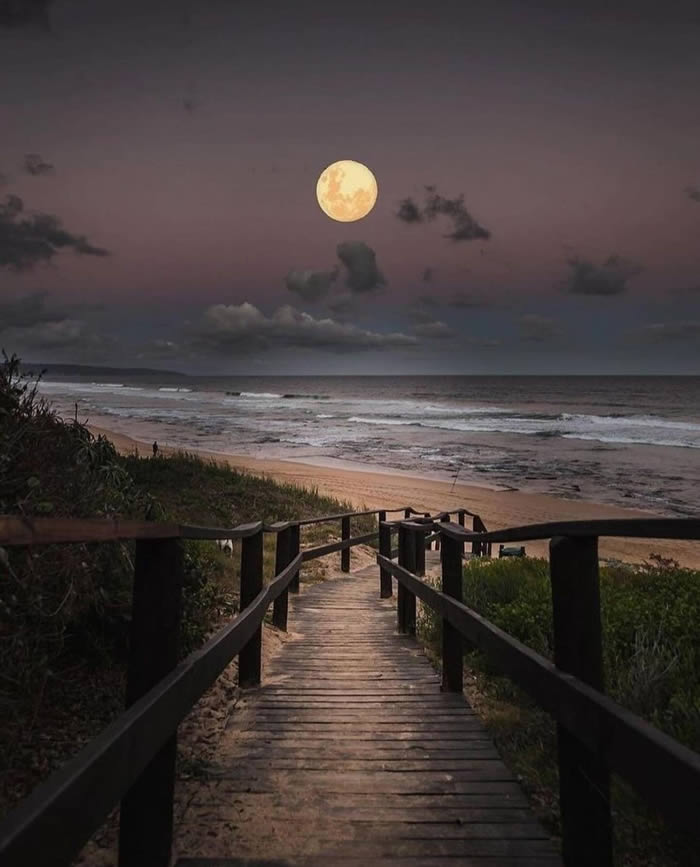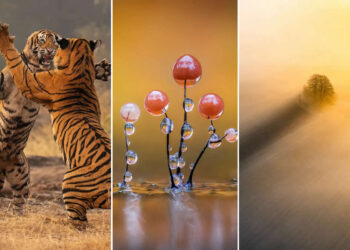The world we live in is filled with wonders that often leave us speechless, and landscape photography has the unique ability to preserve those fleeting moments of natural beauty. The collection of 30 breathtaking landscape photos featured here captures the poetry of nature in its purest form, offering viewers a chance to pause, reflect, and reconnect with the earth.

Photo by: @karolnienartowicz
From towering mountain ranges kissed by the first light of dawn to tranquil lakes reflecting skies ablaze with color, each photograph tells a story of serenity, majesty, and timelessness. The delicate play of light and shadow transforms valleys, deserts, and coastlines into living canvases, while dramatic weather patterns—rolling storms, drifting clouds, and golden sunsets—add a touch of emotion that feels almost like nature speaking in verse.
What makes these landscapes truly remarkable is not just their visual impact, but the emotions they evoke. Some photos stir a sense of adventure, drawing you into untamed wilderness, while others invite calm contemplation with their quiet stillness. Together, they remind us that nature is not merely scenery—it is a living, breathing masterpiece that sustains and inspires us.
In today’s fast-paced world, these images act as visual poems, reminding us of the importance of slowing down and appreciating the beauty that surrounds us. They also highlight the need to protect these fragile landscapes for future generations, ensuring that the poetry of nature continues to inspire.
These 30 stunning photos are more than just artistic expressions—they are timeless reflections of our planet’s soul, revealing the harmony, strength, and delicate balance of the natural world. Through them, we rediscover a deeper connection with the earth and are reminded of its unmatched beauty.
All photos are linked and lead to the sources from which they were taken. Please feel free to explore further works of these photographers on their collections or their personal sites.
#1
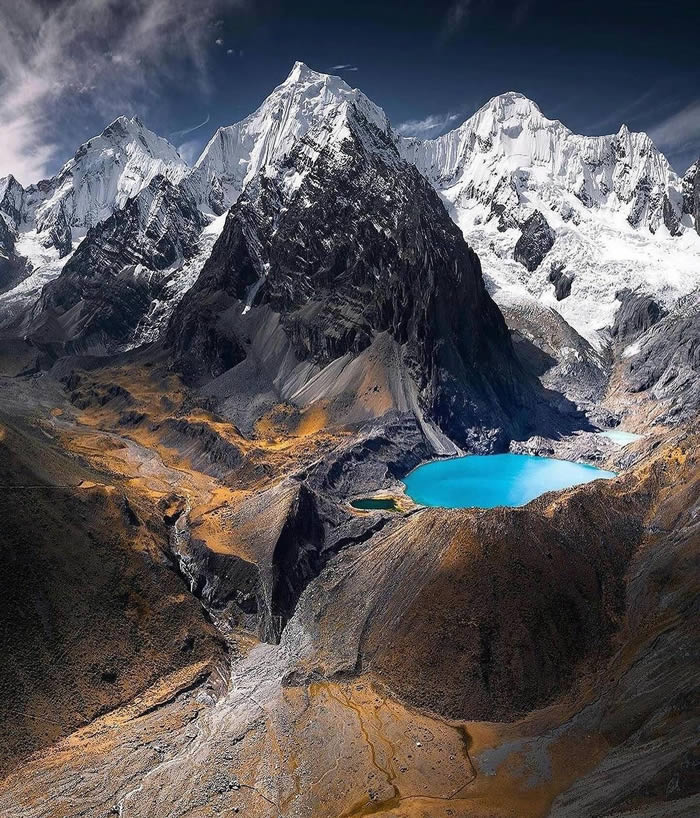
Image Source: @karolnienartowicz
#2
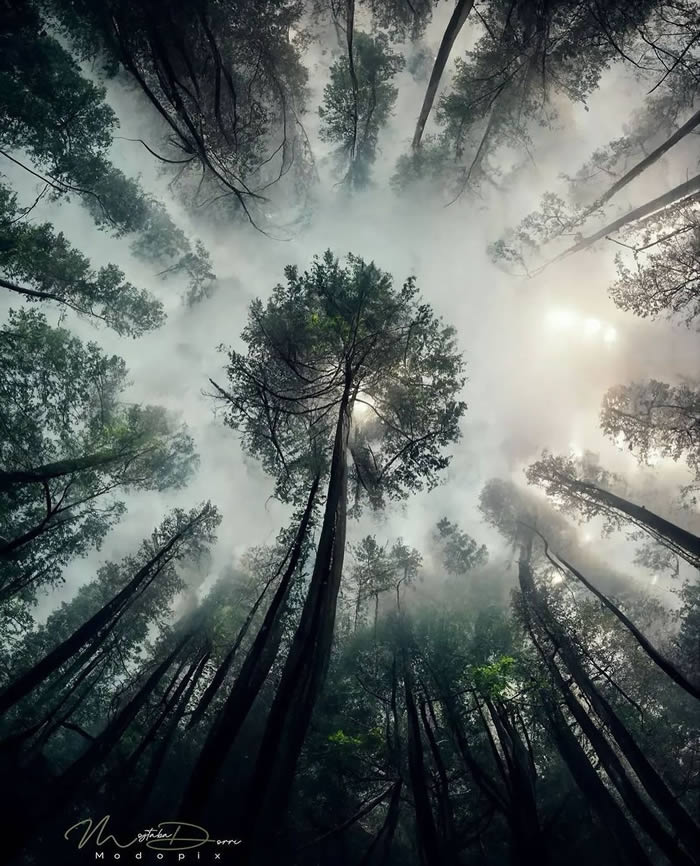
Image Source: @modopix
#3

Image Source: @krimamr
Chase the Golden and Blue Hours
Lighting is everything in landscape photography, and the hours just after sunrise and just before sunset are the most magical. Known as the golden hours, they bathe the scene in soft, warm light that adds depth and dimension to the landscape. Similarly, the blue hour—just before sunrise or after sunset—brings a cooler, ethereal mood perfect for dramatic shots.
Planning your shoot around these times can transform an ordinary scene into something extraordinary. Use apps that track the sun’s position to be in the right spot at the right time. Patience is key—sometimes waiting a few minutes can completely change the atmosphere, colors, and mood of the landscape, giving you that breathtaking shot that feels like nature’s poetry in motion.
#4
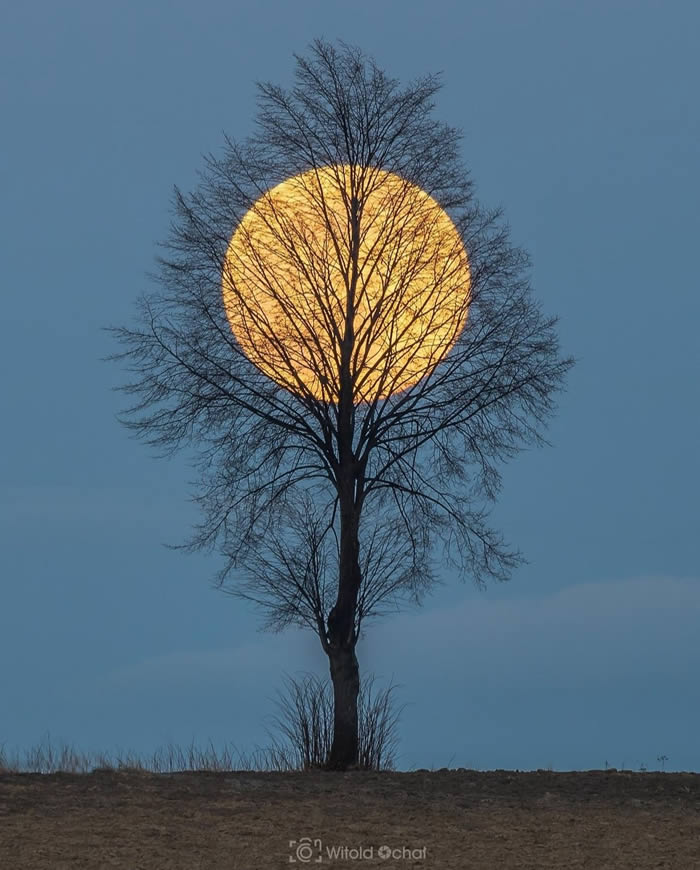
Image Source: @witoldochal
#5
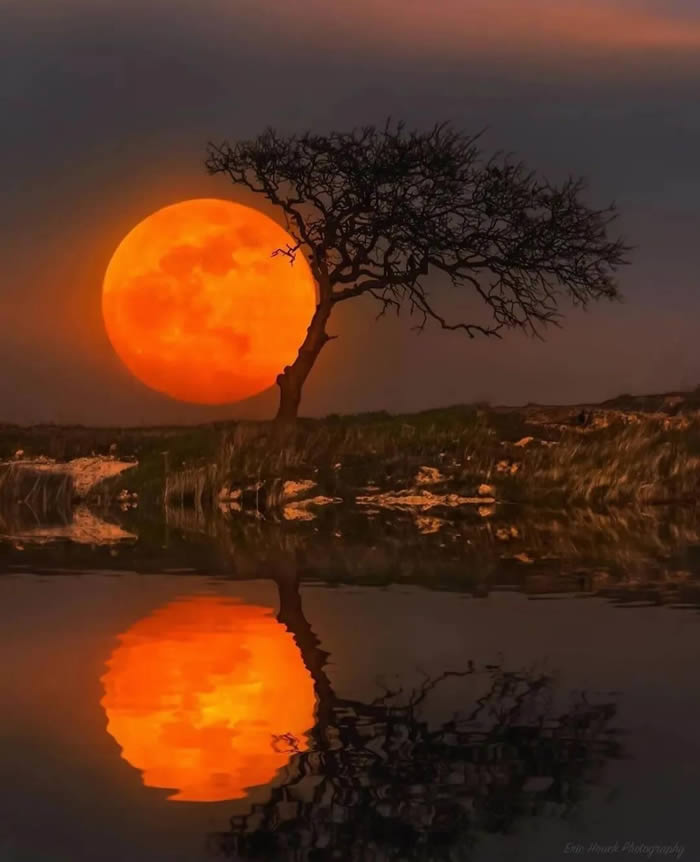
Image Source: @a_guy_named_eric
#6
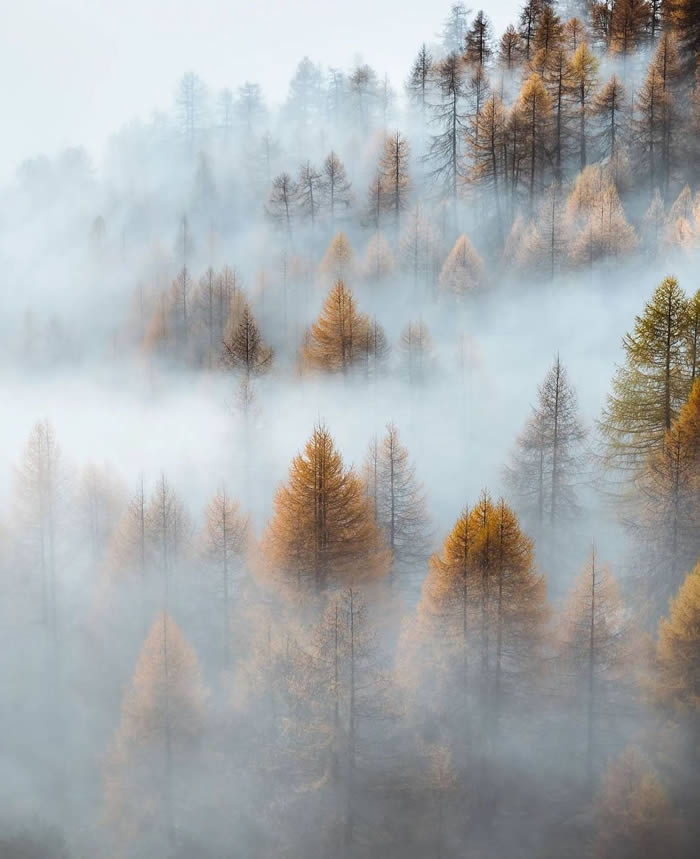
Image Source: @gentianaibra
Use Foreground Elements to Create Depth
A common mistake in landscape photography is capturing vast scenes without an anchor point. Adding a strong foreground element—like rocks, flowers, or a winding path—gives viewers a visual entry point and creates a sense of depth. This layering effect leads the eye naturally from the foreground to the middle ground and into the distance, making the image feel immersive. Experiment with different angles and low perspectives to make foreground subjects more prominent.
Wide-angle lenses work particularly well for this approach, exaggerating the relationship between near and far objects. Remember to balance your composition so that the foreground doesn’t overpower the background—it should enhance the scene, not distract from it. With careful framing, you can transform flat landscapes into three-dimensional storytelling photographs.
#7
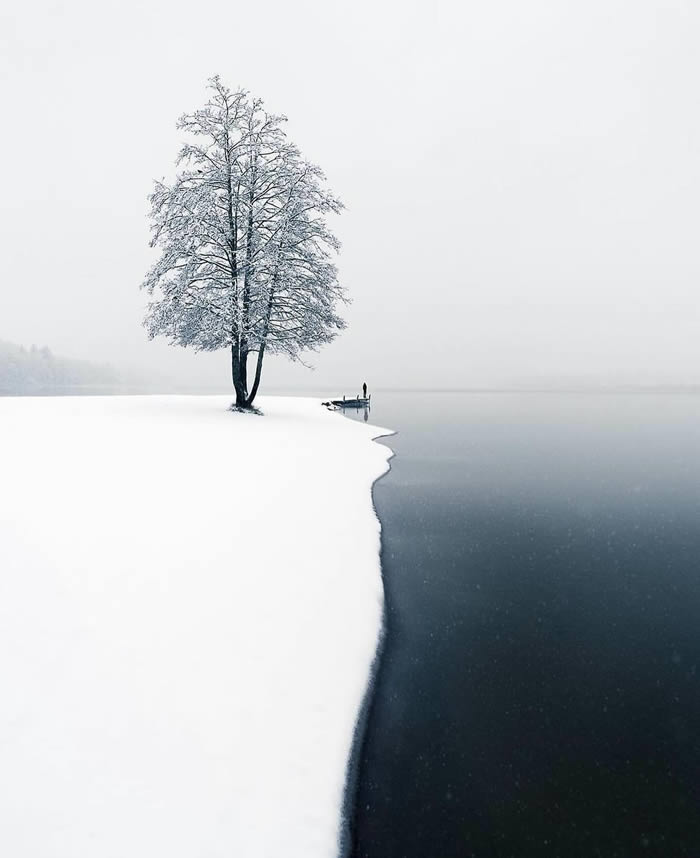
Image Source: @mikkolagerstedt
#8
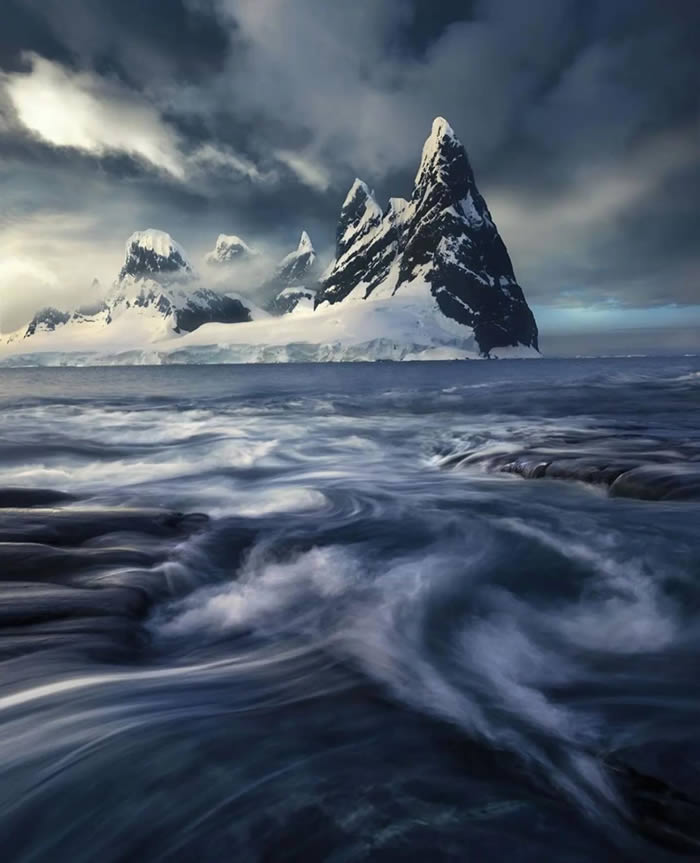
Image Source: @marcadamus
#9
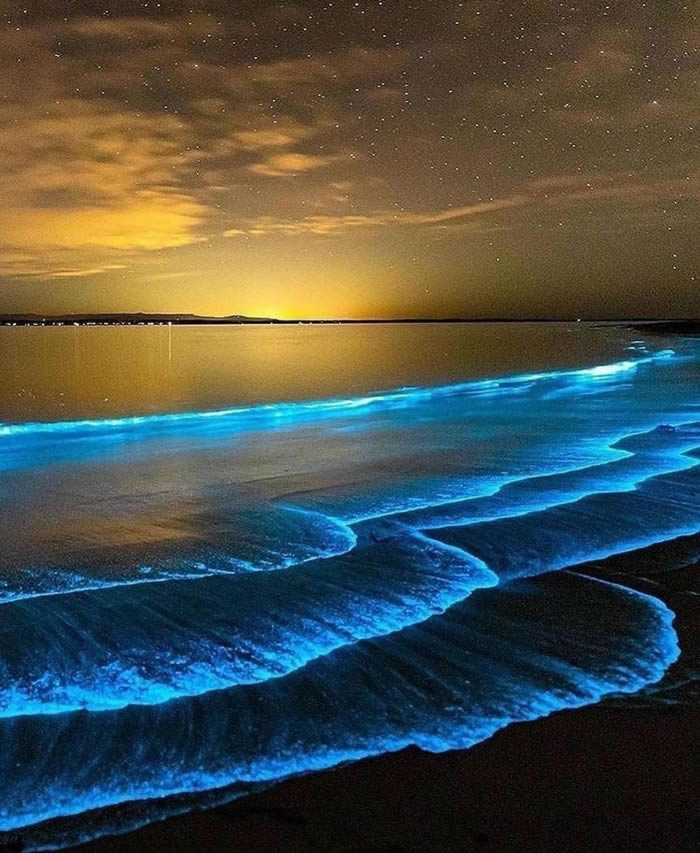
Image Source: @jordan_robins
#10

Image Source: @landscape_nightscape
Master the Use of Leading Lines
Leading lines are powerful compositional tools in landscape photography. Roads, rivers, fences, or even the curve of a shoreline can guide the viewer’s eyes through the frame, creating flow and direction. By positioning these lines thoughtfully, you invite viewers to journey into the photograph, making the image more engaging and dynamic. Diagonal or curving lines often add drama and interest, while straight lines can create a sense of stability and order.
Pay attention to natural features around you and use them to your advantage. Combining leading lines with strong foregrounds amplifies depth and visual storytelling. Experiment with perspective—sometimes moving just a few steps left or right can drastically change how lines interact within the frame. Done well, leading lines turn simple landscapes into mesmerizing visual pathways.
#11
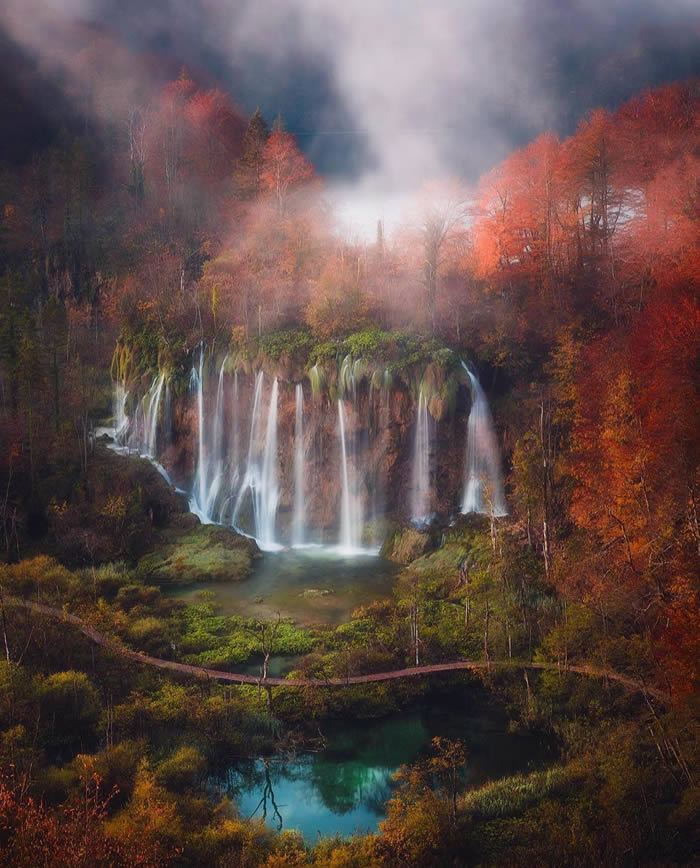
Image Source: @bleroncaka_photography
#12
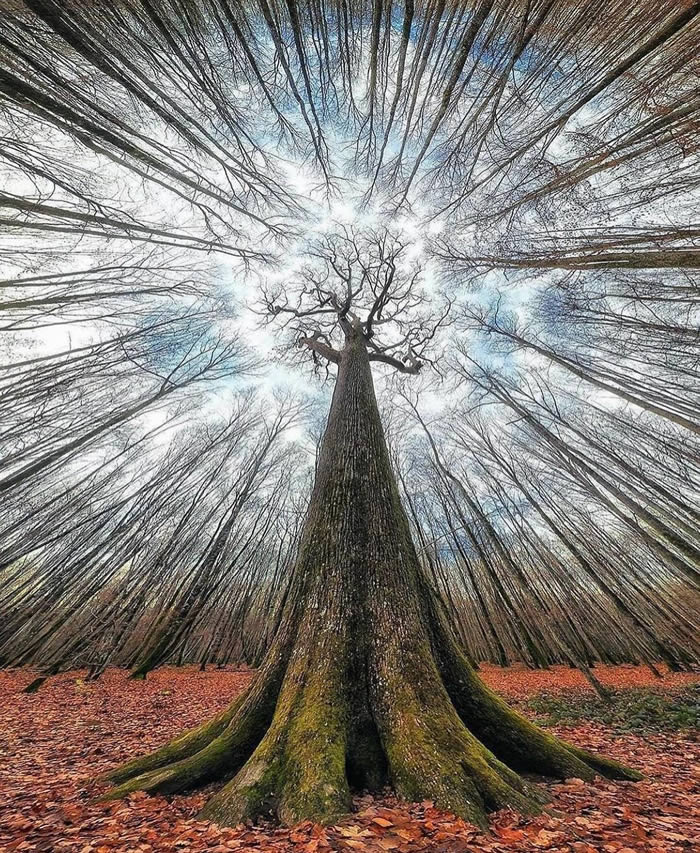
Image Source: @francoiscasanova
#13
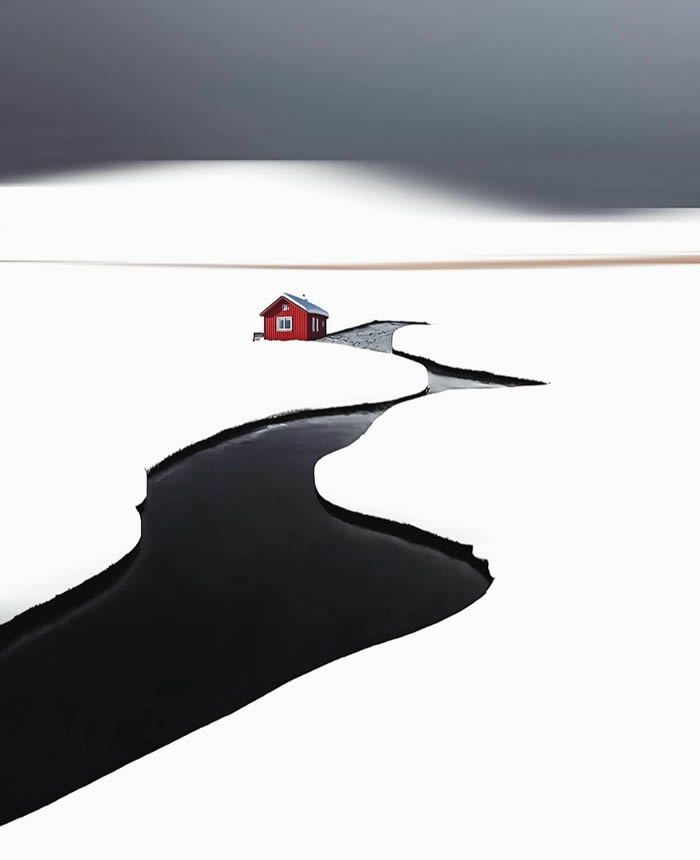
Image Source: @niphisi
#14

Image Source: @avgoustidisermis
#15
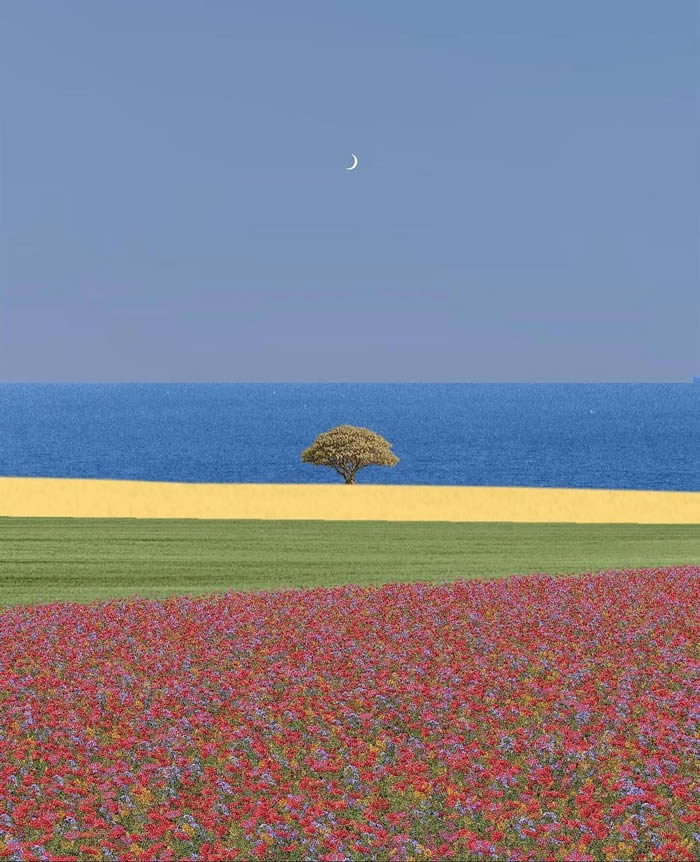
Image Source: @andhikaramadhian
Experiment with Different Weather and Seasons
Many photographers wait for clear skies, but landscapes often shine under dramatic weather. Mist, rain, snow, or stormy clouds can transform an ordinary location into something magical. Fog adds mystery, while storm light creates contrast and drama. Don’t shy away from “bad” weather—it often brings out textures, moods, and colors you wouldn’t find on a sunny day. Similarly, revisiting the same location in different seasons reveals fresh perspectives.
A summer meadow bursts with color, while winter transforms it into a minimalist wonderland. Carry protective gear for your camera to feel confident shooting in challenging conditions. By embracing unpredictability, you’ll capture unique images that stand out from typical postcard-perfect shots, showing the raw and ever-changing poetry of nature.
#16
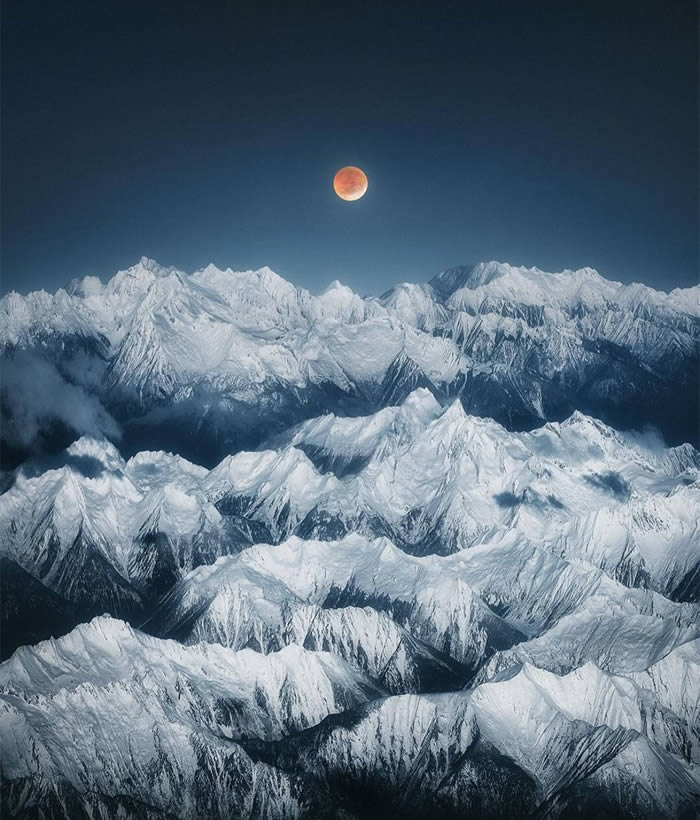
Image Source: @bleroncaka_photography
#17
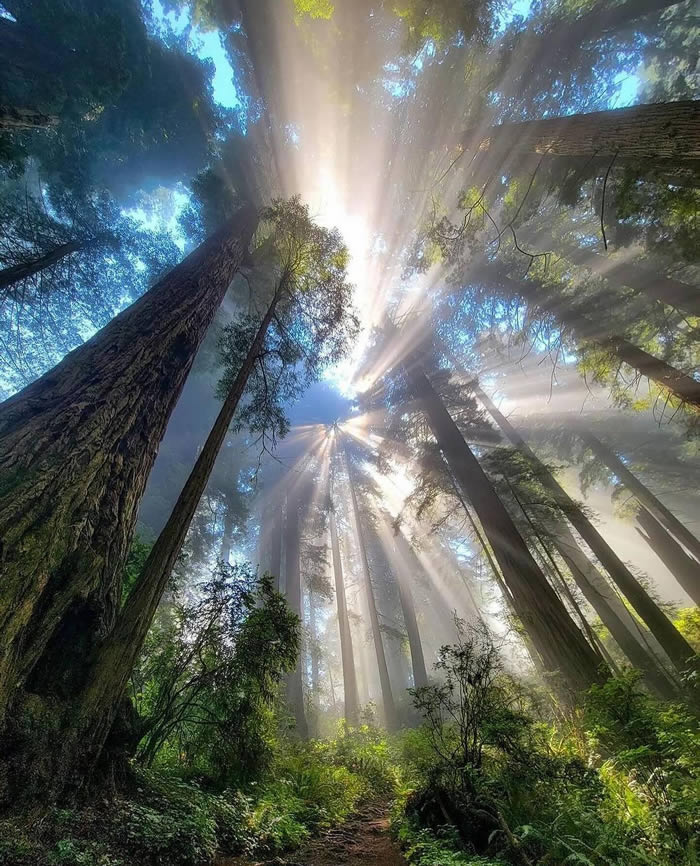
Image Source: @thecrispeoutdoors
#18
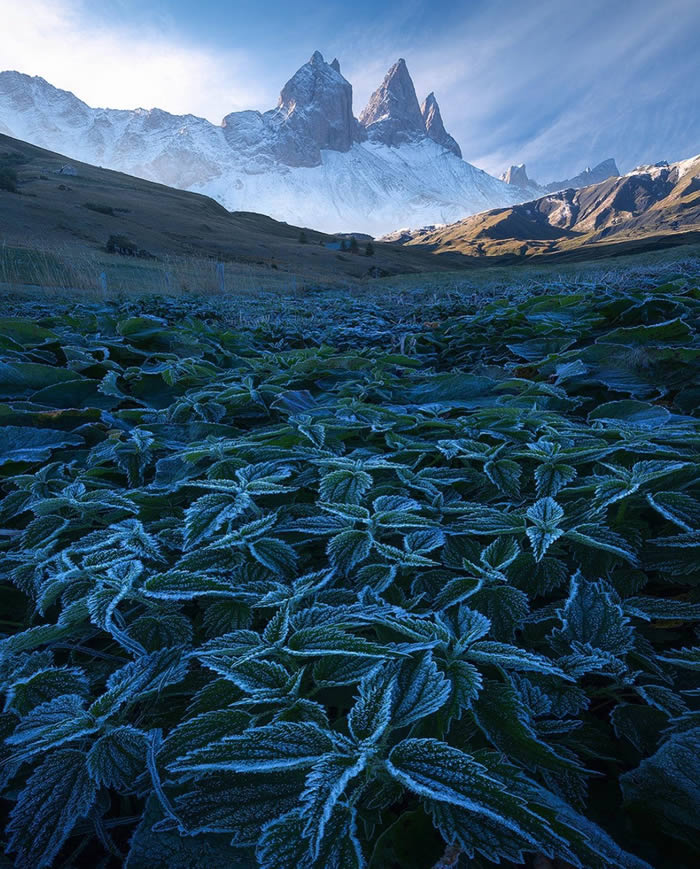
Image Source: @arpandas_photography_adventure
#19
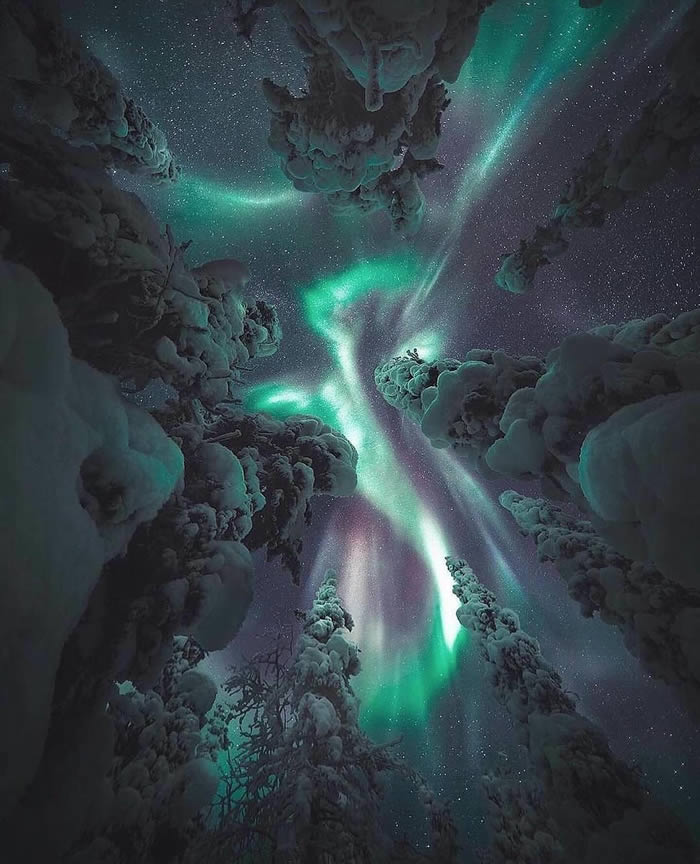
Image Source: @juusohd
#20
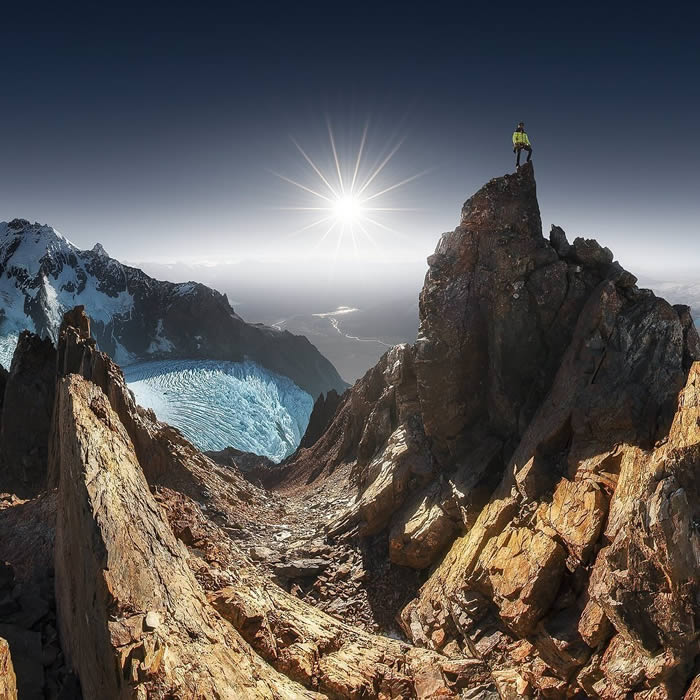
Image Source: @alexwidesphotography
Pay Attention to Composition and Simplicity
Great landscape photos are often about what you leave out as much as what you include. Cluttered compositions can confuse the viewer’s eye, while simplicity emphasizes the beauty of the scene. Apply the rule of thirds to position key elements off-center, creating balance and harmony. Negative space—like open skies or calm water—can add breathing room and focus attention on your subject.
Use natural frames, such as tree branches or archways, to guide the eye and add structure to your shot. Always scan the edges of your frame for distractions before clicking the shutter. Remember, landscapes should feel intentional, not accidental. By keeping your compositions clean and mindful, you create timeless, breathtaking images that highlight the true essence and poetry of nature.
#21

Image Source: @autpops
#22
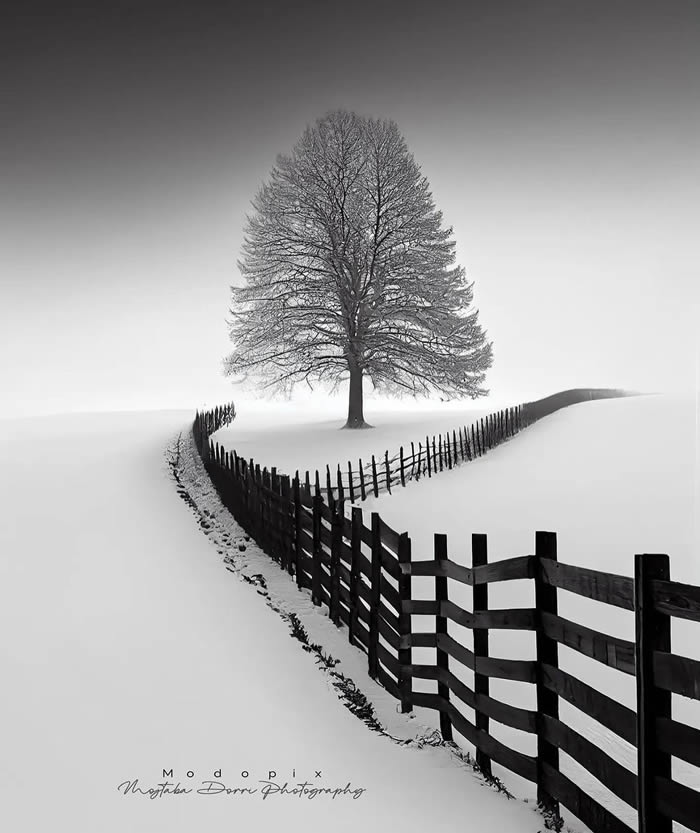
Image Source: @modopix
#23
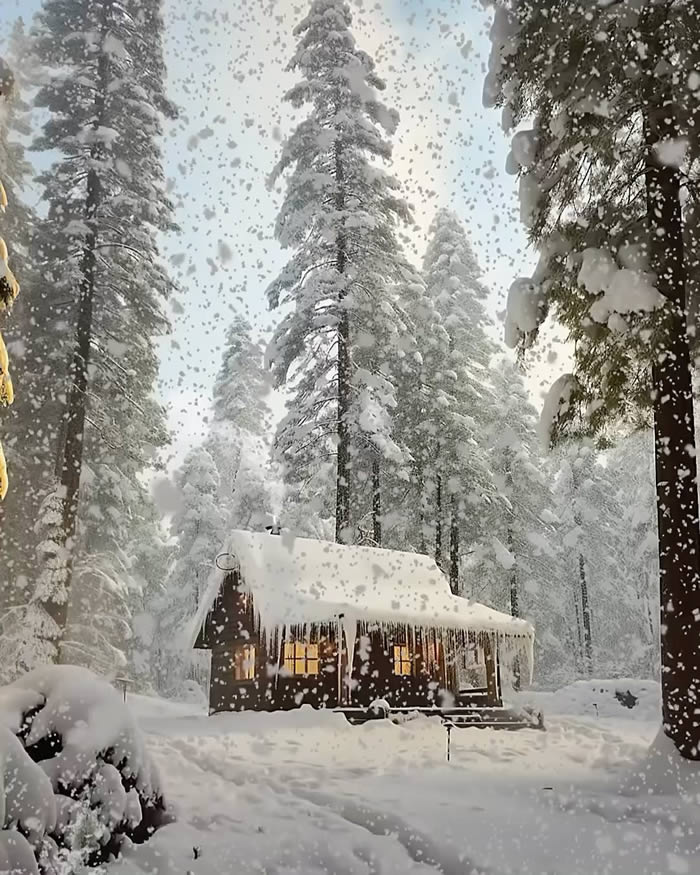
Image Source: @landscape_nightscape
#24

Image Source: @itseriksen
#25
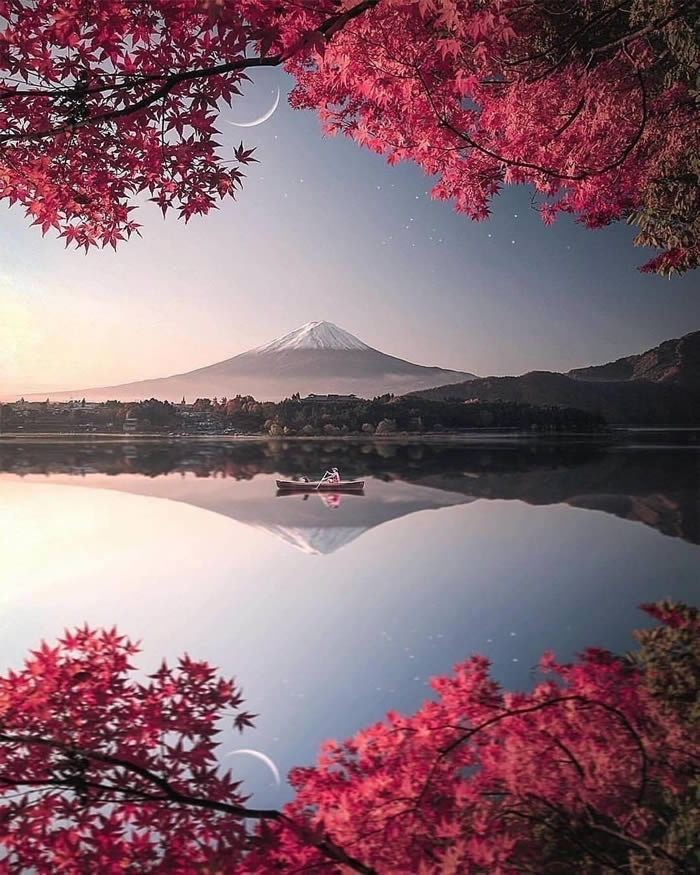
Image Source: @art_siroj
#26

Image Source: @finnishtime
#27
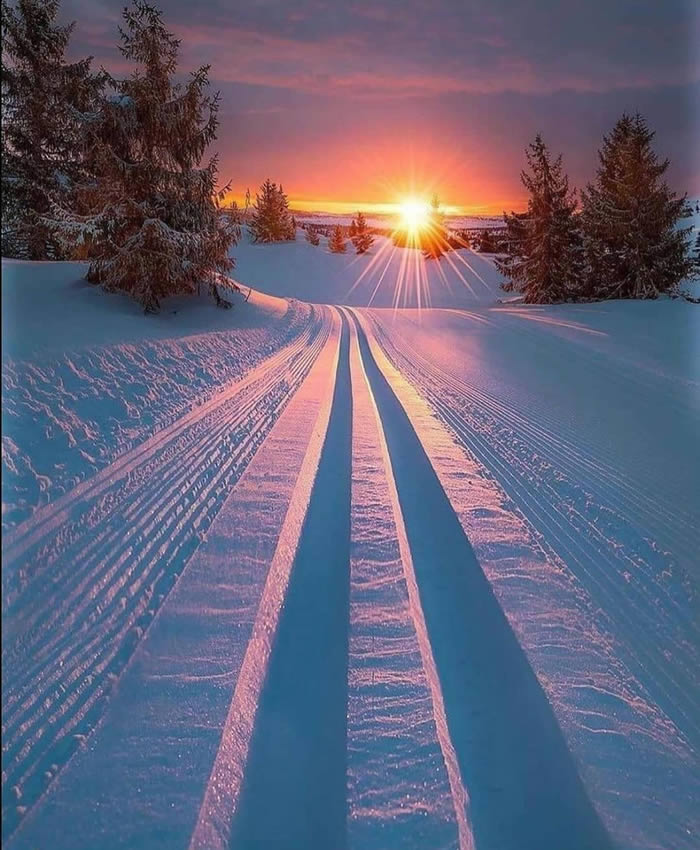
Image Source: @jappern
#28
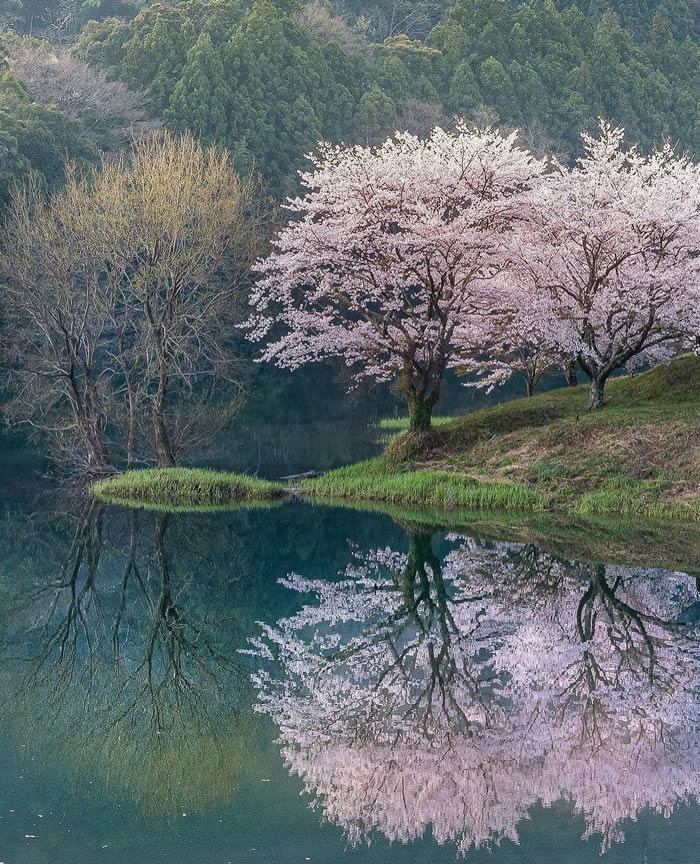
Image Source: @etsuyo623
#29
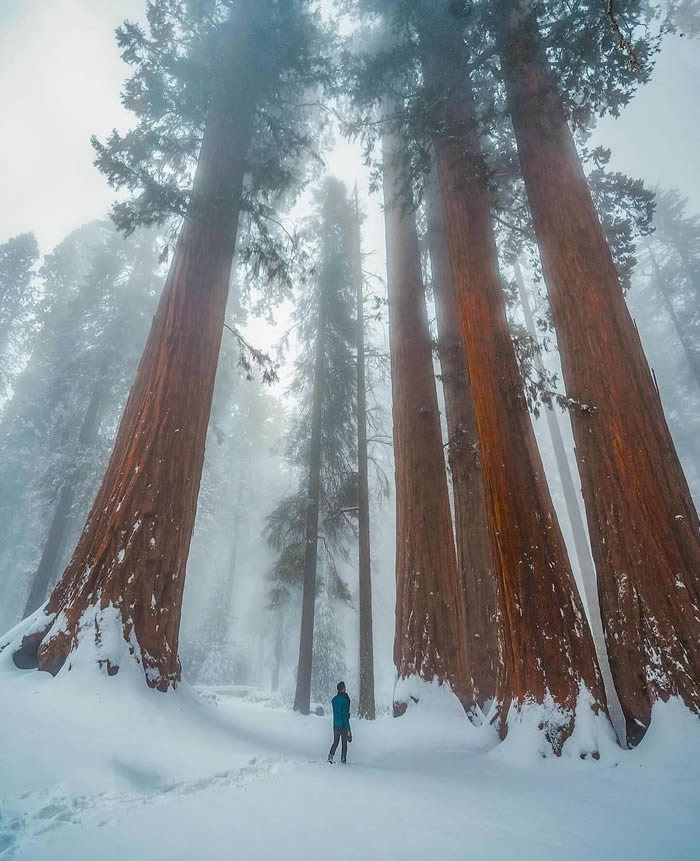
Image Source: @codyconk @adam_ali91
#30
